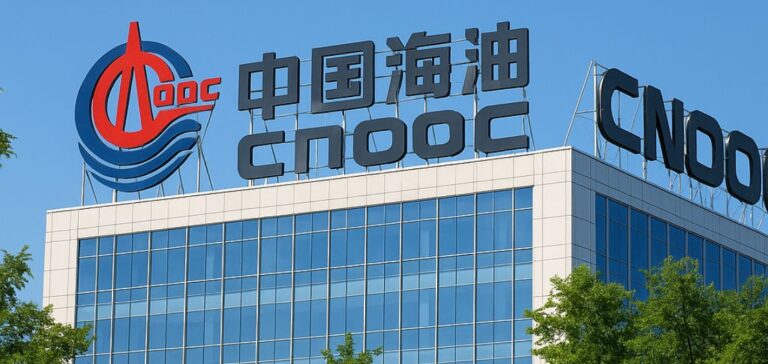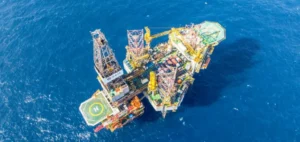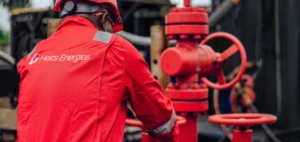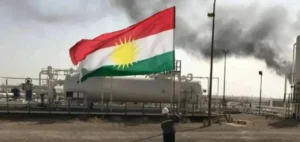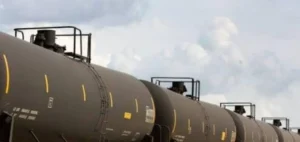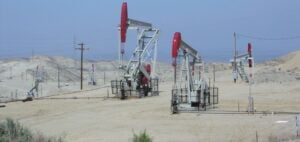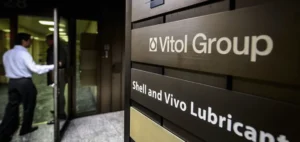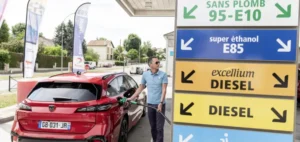Chinese company CNOOC Limited published its operational results for the first quarter of 2025, reporting a 4.8% increase in net production, reaching 188.8 million barrels of oil equivalent. This momentum was accompanied by cost reductions and sustained profitability in a context of falling oil prices.
Production growth in China and internationally
Net production in China rose by 6.2% year-on-year to 130.8 million barrels of oil equivalent. This growth was mainly supported by the development of new fields, notably Bozhong 19-6. Internationally, net production grew by 1.9% to reach 58 million barrels of oil equivalent, driven by projects such as Mero 2 in Brazil.
CNOOC Limited also announced two new discoveries and the appraisal of fourteen oil and gas structures. Among these, Huizhou 19-6 surpassed one hundred million tons of oil equivalent in proven reserves. Projects such as Weizhou 10-5 and Suizhong 36-1 South also show significant exploration and development prospects.
Controlled costs and lower investments
During the same period, the all-in cost per barrel of oil equivalent stood at $27.03, a 2.0% decrease compared to the previous year. Capital expenditures reached RMB27.71bn ($3.84bn), representing a 4.5% year-on-year decrease.
Despite an 8.3% drop in Brent prices over the year, the company recorded a net profit attributable to shareholders of RMB36.56bn ($5.07bn), demonstrating its ability to sustain margins in a challenging pricing environment. Several major development projects, such as the Panyu 10/11 Block and the Dongfang 29-1 gas field, were brought into production as scheduled.
Strengthening shareholder structure
On April 8, CNOOC Group, the majority shareholder, announced its intention to increase its holdings in the company’s A and H shares. The operation, planned over twelve months, will involve an amount between RMB2bn ($0.28bn) and RMB4bn ($0.56bn).
Yan Hongtao, President of CNOOC Limited, stated that the company “will enhance lean management and the resilience of its performance to meet its annual production and operation targets.”


